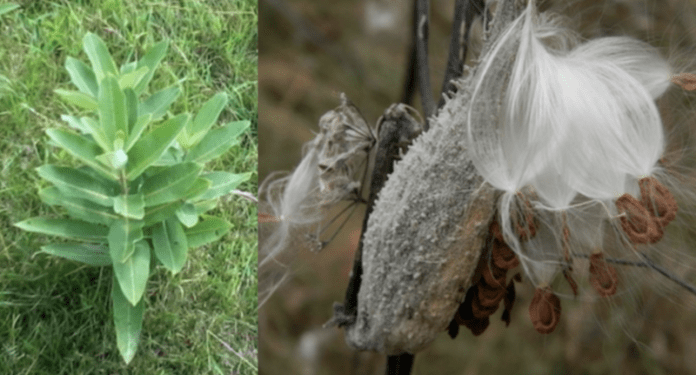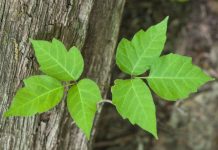Common Milkweed (Asclepias syriaca) is a downy perennial plant that has a solitary, erect stem that grows 3-6 feet high and bears opposite, large oblong short-petioled leaves. The leaves are filled with a poisonous milky white juice. It has clusters of dull purple flowers and it blooms from June to August. It has large warty seedpods that are filled with a fluffy silk. It is common throughout eastern North America, growing in fields, roadsides, fence rows, and uncultivated areas. Milkweed has many uses that survivalists, preppers, and homesteaders should know about.
Use The Stalk to Make Cordage
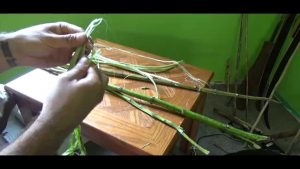

It’s tough, stringy stalks can be used as a fiber to make string and rope. As well, Milkweed strings can be woven into coarse fabric. American Indians even made fishing nets out of milkweed fiber. You can find detailed instruction on making cordage from milkweed and other plant fibers here.
Uses For Floss or Silk
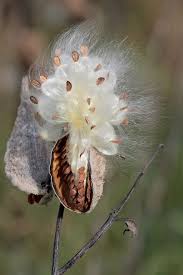

The seed pods of common milkweed are filled with a fluffy, silk-like substance that helps carry the seeds through the air. Here are several uses…
Seedpod floss is can be used as tinder for starting fires. A trick many northeast woodsmen know.
Early American pioneers used it to stuff pillows, mattresses, and quilts. It is a very good insulator and could replace down in coats or sleeping bags.
In World War II, there was a shortage of the material used to stuff life jackets. Milkweed floss, being six times more buoyant than cork, was used as a substitute. The government used to buy milkweed pods by the burlap sack and many rural kids earned money this way.
Seed pods can be harvested, dried, and stored for later use.
Related: 10 Must Have Natural Remedies for Preppers
Medicinal Uses
Milkweed is listed in many herbal books as having medicinal properties, but the Rodale Herb Book warns that it should only be used by experienced herbalists. Although common milkweed is only mildly poisonous, some similar plants in the same family are very poisonous.
The plant may be useful for kidney problems, dropsy, scrofula, bladder conditions, water retention, asthma, stomach problems, gallstones, arthritis, and bronchitis. It is also listed by some for reducing fever. American Indians used the milky juice to kill warts and ringworm. You should be aware that the Indians also used an infusion of the rootstock to produce temporary sterility. Be sure to consult a good book on herbal medicine for details on how to use this plant medicinally.
Nectar Source
Milkweed is an important nectar source for honey bees in the northeastern United States. If you keep bees on your homestead for wax and honey production, Milkweed is a very good plant to have around. Since it attracts pollinators, it can benefit your gardening efforts as well.
Related: Natural Home Remedies against Migraine Headaches
Is It Edible?
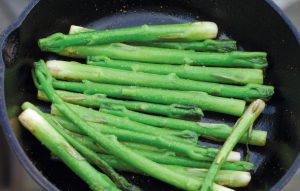

I almost chose to leave this part out but decided that it wouldn’t be complete without at least mentioning it.
Young Milkweed shoots, flowers, immature seedpods, and young leaves are edible boiled. USE EXTREME CAUTION eating Milkweed. There are several very similar plants, mainly dogbane and butterfly-weed, that are DEADLY. If you cannot positively identify the plant as Milkweed, do not consider eating it. There are plenty of other safe, edible, plants to eat out there without taking a chance of killing yourself or making yourself sick. A little common sense goes a long way here.



